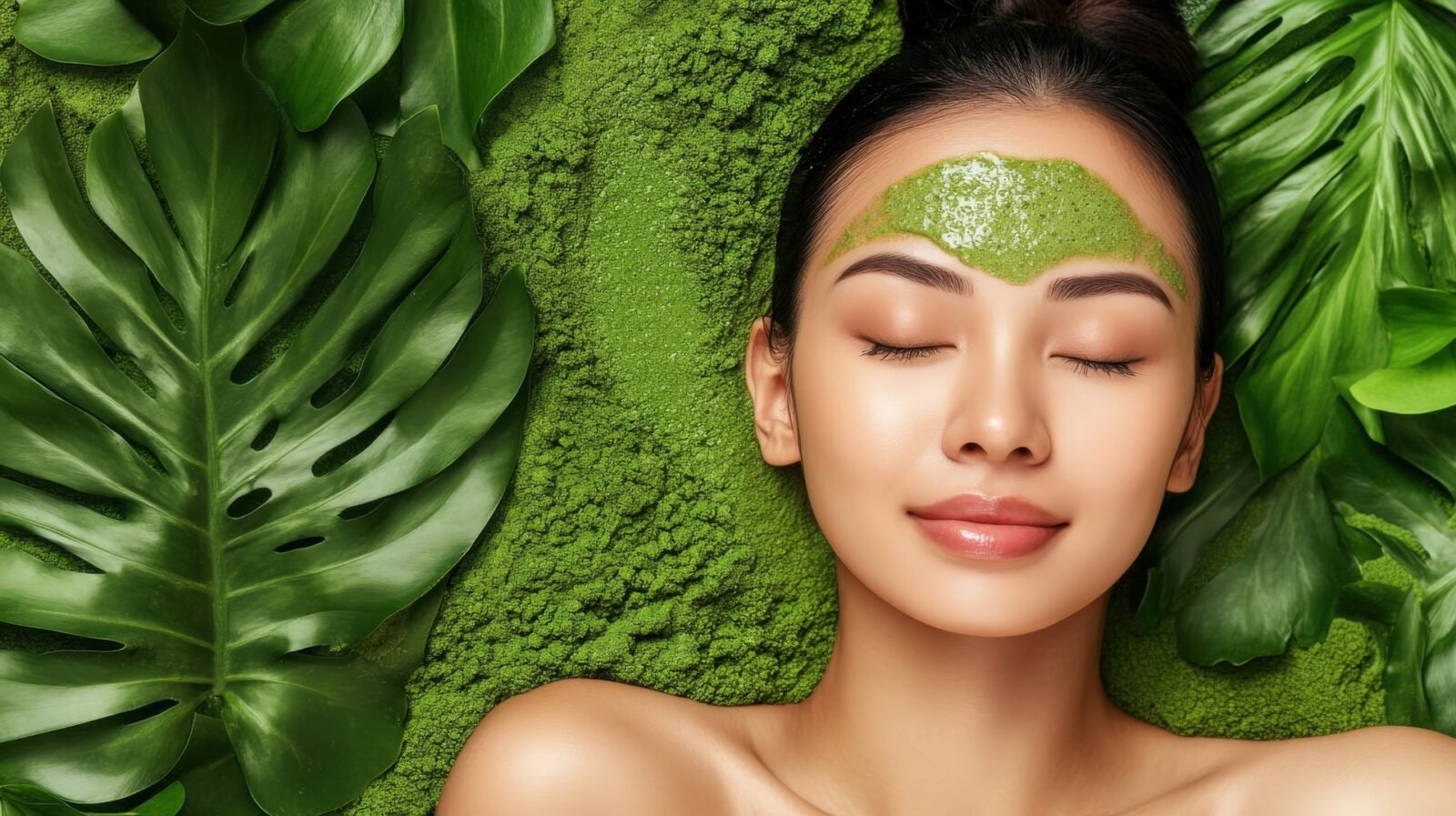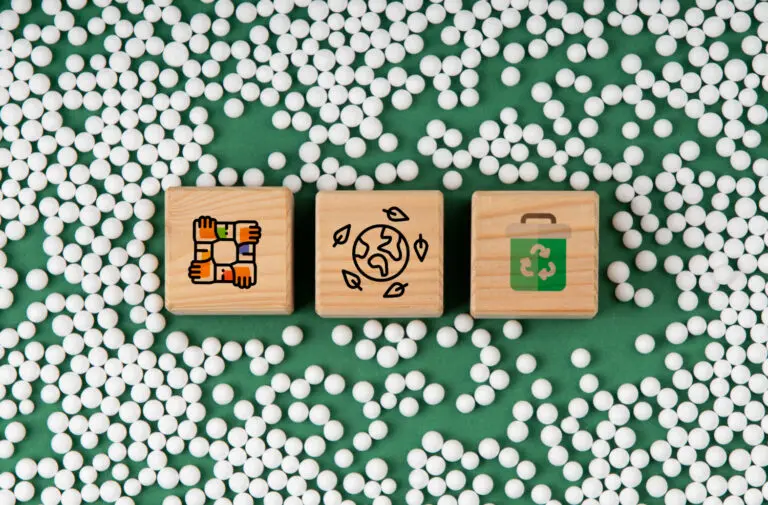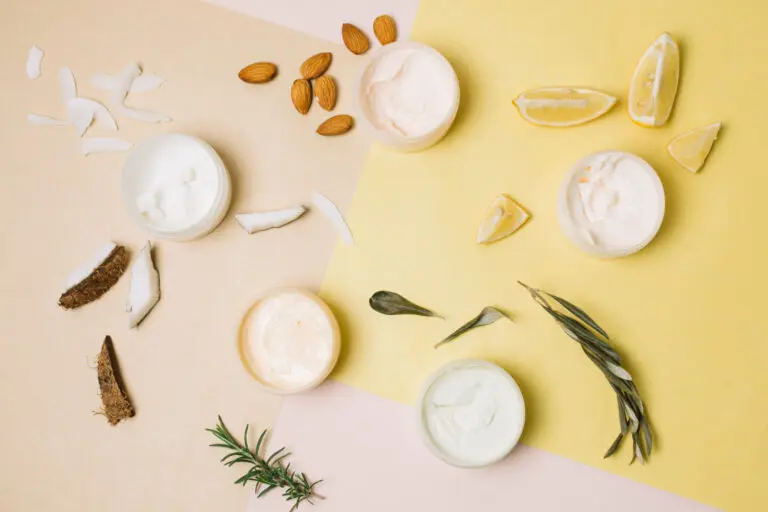Glycerin is one of the oldest and most reliable cosmetic humectants, yet its role in modern formulations continues to evolve. Because chemists aim for products that not only hydrate but also protect and repair, glycerin’s versatility makes it indispensable. This article explains why it remains relevant, how to use it effectively, and where innovation is heading.
Why Glycerin Still Matters
Although new humectants appear on the market, glycerin consistently holds its place. The reason is simple: it is effective, safe, and compatible with nearly all formulation types. Furthermore, its humectant properties allow it to attract and bind water molecules, keeping skin hydrated even under challenging conditions. As a result, both consumer and professional products depend heavily on it.
Mechanism of Action
To understand why glycerin is so effective, one must consider its molecular structure. Because it is a trihydroxy alcohol, glycerin can easily form hydrogen bonds with water. Consequently, it reduces transepidermal water loss (TEWL) while increasing water retention within the stratum corneum. Several studies confirm this effect, showing improved hydration and resilience (Fluhr et al., 2008). In addition, research demonstrates that glycerin acts as a natural moisturizing factor (NMF) mimic, further explaining its skin benefits.
Formulation Guidelines
Because glycerin is so versatile, it can fit into a wide range of formulations. Nevertheless, chemists must balance concentration and sensorial impact. Therefore, the following guidelines are useful:
- Usage Level: Typically 2–5% in creams. However, hand creams or barrier-repair products may reach 10%.
- Synergies: Combining glycerin with hyaluronic acid, urea, or panthenol provides multiple hydration pathways (Rawlings et al., 2002). Consequently, many modern formulas include such blends.
- Solubility: Glycerin is water-soluble and compatible with glycols, making it easy to integrate into both emulsions and gels.
- Texture: At levels above 15%, glycerin can feel sticky. In these cases, pairing with esters or lightweight silicones reduces tackiness.
Safety and Stability
Glycerin enjoys an excellent safety profile. It is non-toxic, non-sensitizing, and considered safe for sensitive and baby skin. Furthermore, it contributes to preservation because it lowers water activity, thereby reducing microbial growth (Klang et al., 2011). This dual role not only improves efficacy but also simplifies preservation strategies.
Applications Across Cream Types
Because glycerin supports hydration, barrier repair, and sensory appeal, it is used in multiple cream categories:
- Everyday facial creams for hydration and comfort
- Hand creams for occupational or seasonal dryness
- Dermocosmetic creams for barrier restoration
- Luxury anti-aging creams where stability of actives is key
In each of these categories, glycerin plays a slightly different role. For instance, in daily moisturizers, it provides immediate softness, while in barrier creams it actively supports lipid reorganization. Consequently, understanding its role by category allows chemists to maximize impact.
Functional Benefits Beyond Moisture
Recent findings highlight additional benefits of glycerin. For example, it supports faster barrier recovery after irritation and improves desmosome integrity. Moreover, in haircare formulations, it helps maintain fiber flexibility and prevents breakage under dry conditions. Therefore, glycerin’s value goes beyond hydration alone.
Challenges and Solutions
Despite its strengths, glycerin does present challenges. However, with proper formulation strategy, these can be overcome:
- Stickiness: Balance with emollients or waxes.
- Crystallization: Avoid excessive concentration or use encapsulated forms.
- Compatibility: Combine with occlusives like shea butter for long-lasting results.
Because these solutions are straightforward, chemists can easily integrate glycerin even in complex formulations.
Innovation and Trends
Currently, sustainable glycerin sourcing is gaining traction. For example, many suppliers now offer bio-fermented or upcycled glycerin from plant oils. As consumers increasingly value green chemistry, such options enhance product positioning (CosmeticsDesign, 2023). Additionally, encapsulated glycerin technologies allow controlled release, offering a smoother sensorial profile and prolonged hydration. Therefore, even such a “classic” ingredient continues to evolve.
Explore Natural Alternatives in Your Formulations
Grand Ingredients offers humectants, delivery systems, and synergistic actives that go beyond traditional glycerin. You can explore our Active ingredients
References
- Lodén M. The clinical benefit of moisturizers. J Eur Acad Dermatol Venereol. 2005.
- Fluhr JW et al. Glycerol influences barrier function. Br J Dermatol. 2008.
- Verdier-Sévrain S. Biology of glycerol in the skin. 2007.
- Rawlings AV. Moisturizer technology. Int J Cosmet Sci. 2002.
- Klang V et al. Hydration and preservation. Int J Pharm. 2011.
- CosmeticsDesign. Sustainable glycerin trends. 2023.
FAQs
What is the best concentration of glycerin in creams?
Most formulas use 2–5%, while hand and foot creams may go up to 10%. This depends on sensorial balance and target claims.
How do you reduce glycerin stickiness?
By pairing glycerin with esters, butters, or silicones, chemists can minimize tackiness without losing hydration benefits.
Is glycerin safe for sensitive or compromised skin?
Yes, glycerin is considered safe even in sensitive skin and baby care formulations.
Can glycerin be considered sustainable?
Yes, especially when sourced from bio-fermentation or upcycling. These methods reduce waste and improve environmental profile.
